The article “Debunking the PBS myth: Media in Crisis ?” written by Argyro Karanasiou, Lecturer in Law and member of the Centre for Intellectual Property Policy and Management (CIPPM) is featured in the International Forum for Responsible Media Blog (Inforrm), the influential media policy blog set up to debate issues of media responsibility. As stated in the article, this issue is not only of local interest but it also encompasses certain parameters pertaining to constitutional and EU law matters. This contribution comes in a timely manner: the issue was discussed last week in the European Parliament while the bill for its substitution has been submitted to the Greek Parliament only a few days ago. Argyro notes:
The long standing debate over interventionism and liberalism in the EU market of services is also reflected in the regulation of competition for broadcasting services in the EU. And while the EU Parliament and the Commission remain undecided as to how PBS should be treated in terms of the market’s internal policy, the case of ERT faces us with the following paradox: a public broadcaster officially shut down by the state yet transmitted through the EBU satellite operators to this day.
The case of ERT furnishes us with a great example of how myths are deconstructed in times of crisis. However, as in every myth, what is of particular value is always the epimythion, the moral of the story. And if there is something to be learnt from the ERT switch-off that is that the current financial crisis is not simply a fiscal issue of local nature; it also threatens the societal foundations of democracy and EU cohesion in total.
To read the article in full please click here.
For updates follow Argyro on twitter @ArKaranasiou
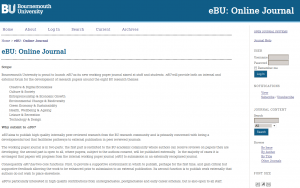
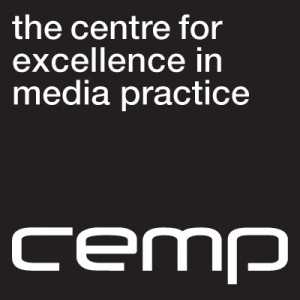
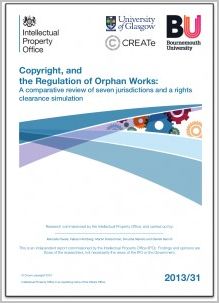
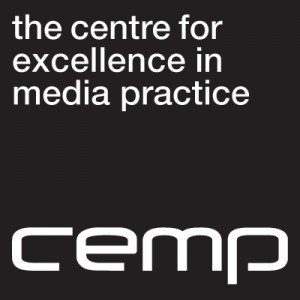
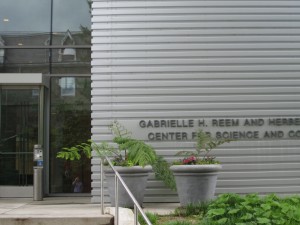
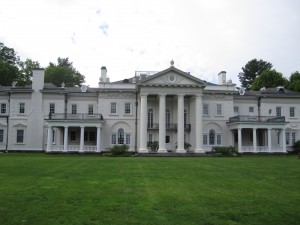
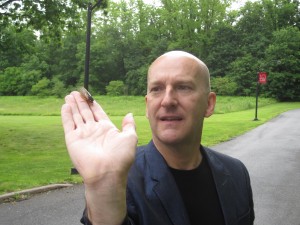
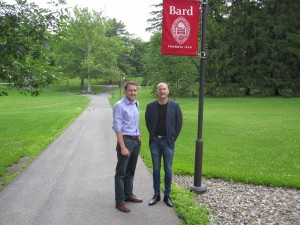
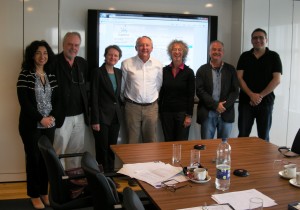





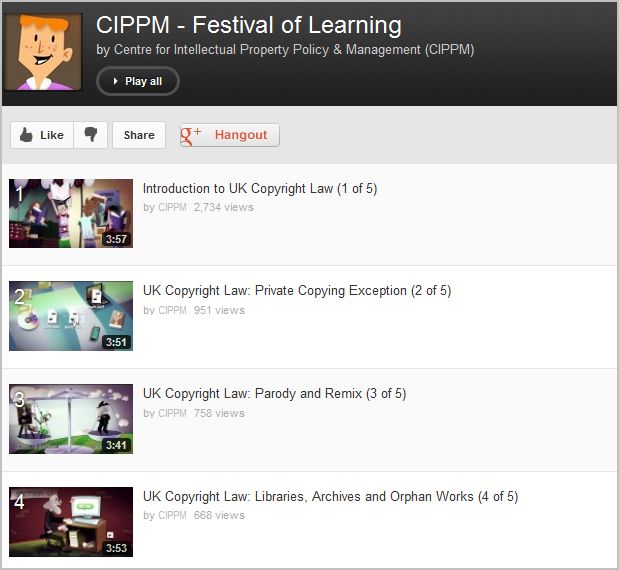
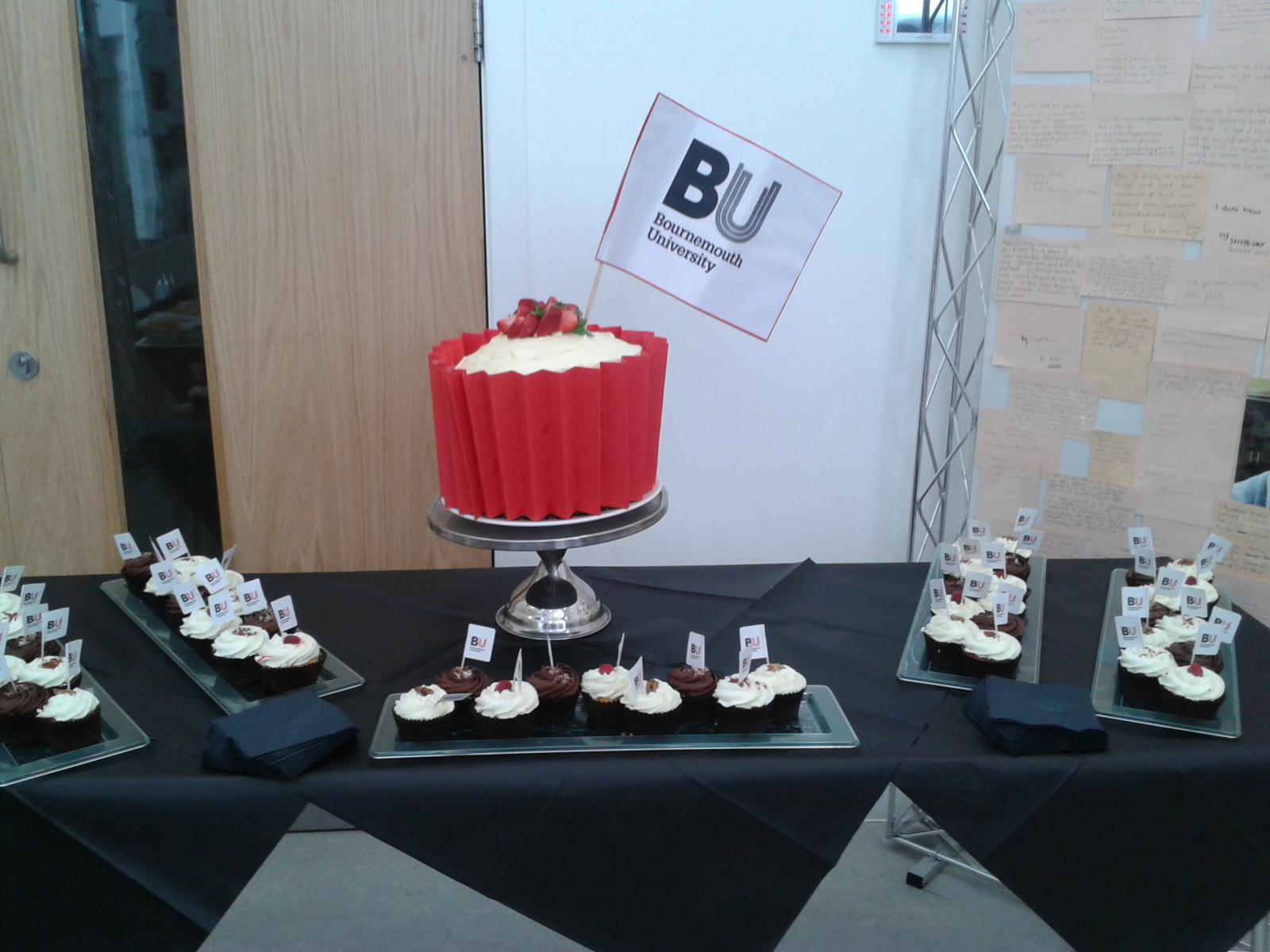















 Up2U: New BU academic publication
Up2U: New BU academic publication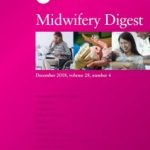 New BU midwifery paper
New BU midwifery paper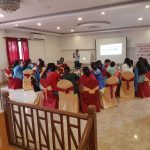 BU academic publishes in online newspaper in Nepal
BU academic publishes in online newspaper in Nepal Final day of the ESRC Festival of Social Science
Final day of the ESRC Festival of Social Science Using Art to enhance Research
Using Art to enhance Research ECR Funding Open Call: Research Culture & Community Grant – Application Deadline Friday 12 December
ECR Funding Open Call: Research Culture & Community Grant – Application Deadline Friday 12 December MSCA Postdoctoral Fellowships 2025 Call
MSCA Postdoctoral Fellowships 2025 Call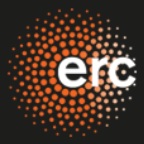 ERC Advanced Grant 2025 Webinar
ERC Advanced Grant 2025 Webinar Horizon Europe Work Programme 2025 Published
Horizon Europe Work Programme 2025 Published Horizon Europe 2025 Work Programme pre-Published
Horizon Europe 2025 Work Programme pre-Published Update on UKRO services
Update on UKRO services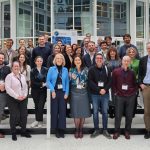 European research project exploring use of ‘virtual twins’ to better manage metabolic associated fatty liver disease
European research project exploring use of ‘virtual twins’ to better manage metabolic associated fatty liver disease